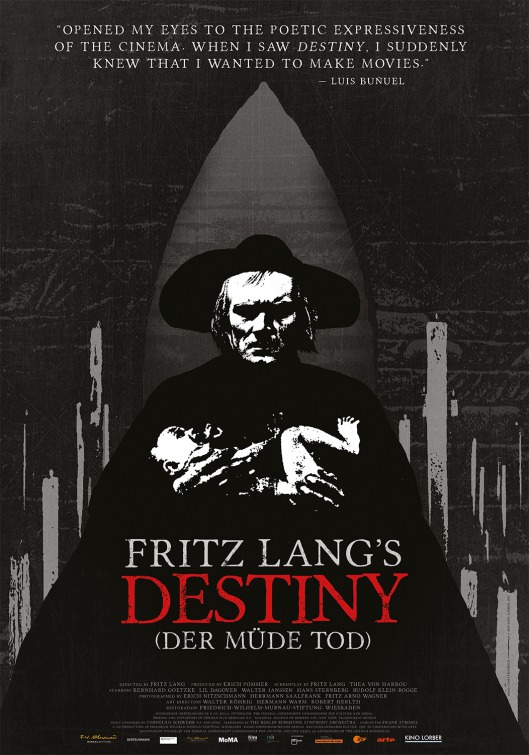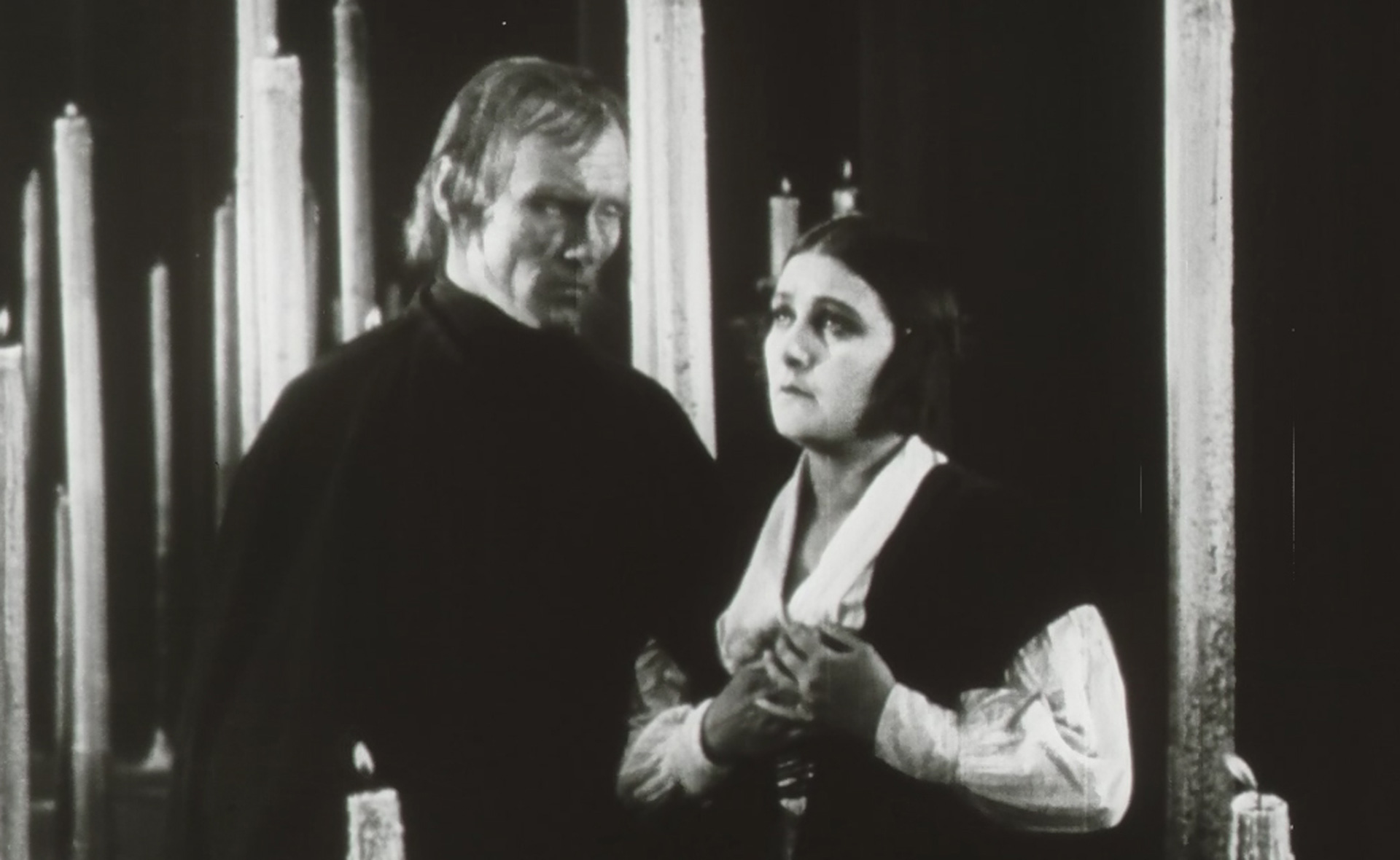Plunging once more into the world of German Expressionism, this time I’ve decided to take Fritz Lang under my belt with my first feature from the acclaimed director. Though not as visually outstanding as 1920’s The Cabinet of Dr. Caligari or even as beautifully detailed as The Golem, the film still stands as one of the most ambitious so far in early cinema.
Essentially serving as the inspiration for 2012’s Cloud Atlas, the film follows a woman who loses her husband to the hands of the Grim Reaper and is then transported into the souls of three other women in order to save his life. If she can save just one individual, she can have her husband back. Essentially, Lil Dagover (also from Dr. Caligari) gets to play a German, Persian, Asian, and Venetian woman in four parts in an attempt to save the love of each of their lives.
However, Dagover may not be on the same level of many other actresses of the time (she ain’t no Gish!), she still gives it her all and at least Bernhard Goetzke gets a chance to shine as Death incarnate. Though given very little screen time, he creates this wonderful incarnation of death – similar to Svennberg’s in The Phantom Carriage – as an immortal man who is disheartened by his line of work involving the mortality of those he wishes he could save, but cannot.
If nothing else, the film is to be admired for its sheer ambitious notions. The idea of transporting across time and space, and even through the bodies and souls of four main characters (with each character in the story played by the same actors), must have been mind-blowing at the time. Despite how insane of a concept, though, the film perfectly captures the universality of love, grief, sorrow, and conflict across the many lives on Earth as well as the inevitability of death. Even if the stories are all a bit cheesy, and not as well-acted (I had a similar issue with Dagover in Dr. Caligari as well), the ideas at play are perfectly executed due to Fritz Lang’s wonderful cinematic language. In fact, it’s stated that both Luis Buñuel & Alfred Hitchcock were both so impressed with the film that it finally convinced them of the power of cinema and what it could accomplish.
On top of the wonderfully ambitious story, the expressionistic qualities on display in the film are admirable as well. Though not as vibrantly insane as the ones in Caligari, there are still many jarring images and special effects (such as the tiny soldiers in the Asian sequence) that bring the film to life through sheer imagery. Credit where credit’s due, the German artists of the time certainly saw the potential in cinematic storytelling and ran with it the way very few others did at the time. Even if the narrative was not as beautifully written as the premise might have hinted, the ambitious intent and the solid direction more than make up for it. And at the very least, it influenced my favorite director to start making films and maybe that’s enough to push it up a full star rating.




No comments:
Post a Comment